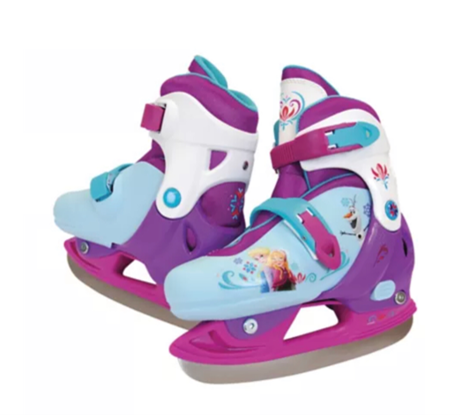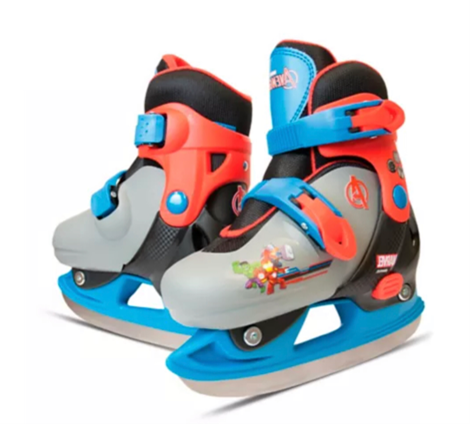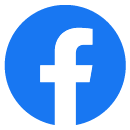Equipment for Pre-CanSkate & CanSkate
Seine River Skating Club does not provide equipment, nor are rentals available. Skaters without the proper equipment will not be permitted on the ice.
To get the most out of the CanSkate program, skaters should come prepared with the following equipment:
-
CSA-approved helmet (see guidelines below)
-
Proper-fitting figure skates or hockey skates — plastic or adjustable skates are not recommended (see guidelines below)
-
Appropriate clothing — dress in layers rather than bulky snowsuits. For example: thermal underwear with jogging pants and a light waterproof pant on top, plus a thermal shirt, long-sleeved t-shirt, and sweater.
-
Gloves or mittens — essential for warmth and safety.
Proper equipment is essential in every sport, and skating is no exception. Skaters cannot develop skills unless their skates fit well and provide good ankle support. If a child cannot walk comfortably across the floor while keeping their ankles upright, it is unlikely they will find balance on the ice.
Learning to skate should always be fun and rewarding. Poor-quality equipment or uncomfortable clothing can take away from the experience. A thoughtful investment in good skates helps build confidence and enthusiasm that will last.
📺 Watch Skate Canada’s video on proper equipment
Buying Skates
The right skates make a big difference in your child’s success. CanSkaters may wear either hockey or figure skates. When choosing skates, keep the following in mind:
- Fit well and provide support to the ankle. Have the skater push their toes all the way to the front of the boot. Be sure there is no more than one finger-width of space behind the heel
- Be sure the fi t around the ankle is snug, and the top is a bit looser to allow the ankle to bend
- Any extra lace should be tied or tucked in
- Sharpen skates before use and continue to sharpen every few months
- Use guards to protect the sharpening when walking (off the ice)
- Wipe off snow and ice after skating, and store on a soft towel
- Never store skates with guards on as this creates rust
-
Choose skates with laces, not clips or tightening dials. Laces allow a proper, supportive fit as your child grows.
-
Avoid adjustable skates. While they may seem like a cost-saving option, they can actually hinder progress. As the boot is enlarged, the blade becomes too short, making balance and technique difficult.
Recommended Skates:

Not Recommended Skates:

Clothing
Clothing should keep your skater warm, allow for movement, and offer some protection in case of falls.
-
Avoid clothing that is bulky or restrictive.
-
Snowsuits are not recommended. Dress in layers
-
A turtleneck with a sweater or jacket is usually sufficient for the upper body.
- Avoid wearing long scarves or pants that are too long
-
Long pants with wind pants or track pants on top are ideal to stay warm and dry.
-
Mittens or gloves are required (bring a backup pair in case they get wet).
-
Long scarves are not permitted for safety reasons.
-
Coaches often use markers and bingo dabbers to draw circuits on the ice; these may stain clothing, so keep that in mind when choosing what to wear.
Skate Sharpening
-
Sharpen skates when first purchased.
-
Re-sharpen after approximately 30 hours of skating (depending on use and care).
-
More frequent sharpening may be required if skates are used on concrete, rubber, or carpeted surfaces without guards, if blades are not dried properly, or if nicks and rough edges appear.
-
For figure skates: do not remove the toe pick. It is part of the design and is important for proper balance.
Helmet Guidelines
CSA-approved hockey helmets are mandatory for all CanSkaters.
- At any age, helmets are mandatory to be worn in CanSkate up to and including Stage 5 for all events, competitions, ice shows, and any other special on-ice activities throughout the season.
- Helmets worn must be a CSA-approved hockey helmet and must not be expired.
- A proper fitting helmet sits no more than 1 inch above the brow line, has straps that are shaped like a V around the ears, and has no more than 1 finger space under the chin.
- Be sure that skaters can see – all excess hair should be pulled back out of the way. Avoid high ponytails under the helmet, as they affect fit.



